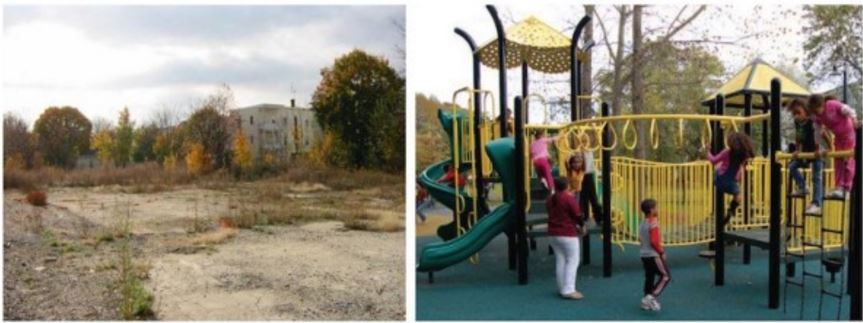It takes effective policies and a robust toolkit to reclaim vacant and abandoned properties as quality community open space. Now more than ever, communities across the US are turning to land banking to stabilize vulnerable neighborhoods saddled by large-scale land vacancy and abandonment.
Increasingly, we see municipalities clearing titles, demolishing abandoned houses, expanding side lots, routinely auctioning vacant properties, and even taking on basic maintenance of now vacant and publicly owned land.
But what happens to vacant land that’s not in high demand — often plentiful, and often located in weak-market, historically disinvested neighborhoods? How can communities– especially the people who live in the midst of these parcels— define their vision for vacant land reuse that is meaningful to them, then rally around that vision to reclaim those high-priority parcels for community-defined benefit? And what are the wider “systems change” implications of this work?
Recently, Tangier Barnes Wright, Groundwork USA’s Manager of Land and Water Programs, and I posed these questions and offered our response to attendees of the Community Progress Leadership Institute. At the request of our partners at the Center for Community Progress, we developed and led a workshop for Institute attendees called “What’s Next? Ensuring Your Community’s Vacant Land Reuse Strategies Create Meaningful Near-Term Impact and Long-Term Outcomes.”
Over the course of 90 minutes, we explored two challenging but rewarding brownfield-to-park projects — Dr. Nina Scarito Park in Lawrence, Massachusetts, and Platte Farm Open Space in Denver, Colorado.

